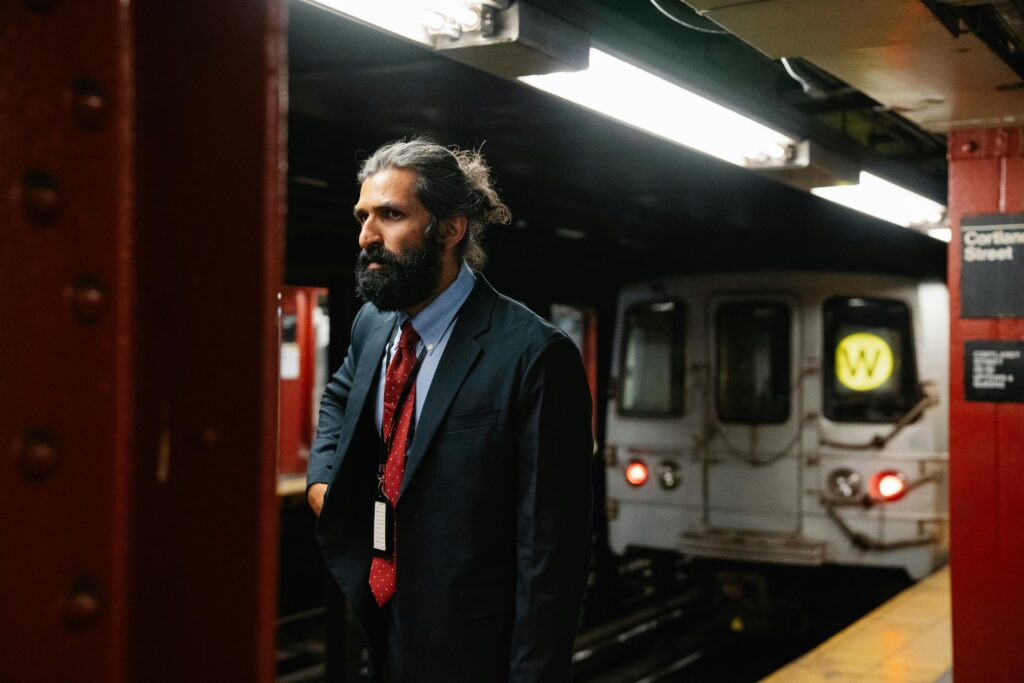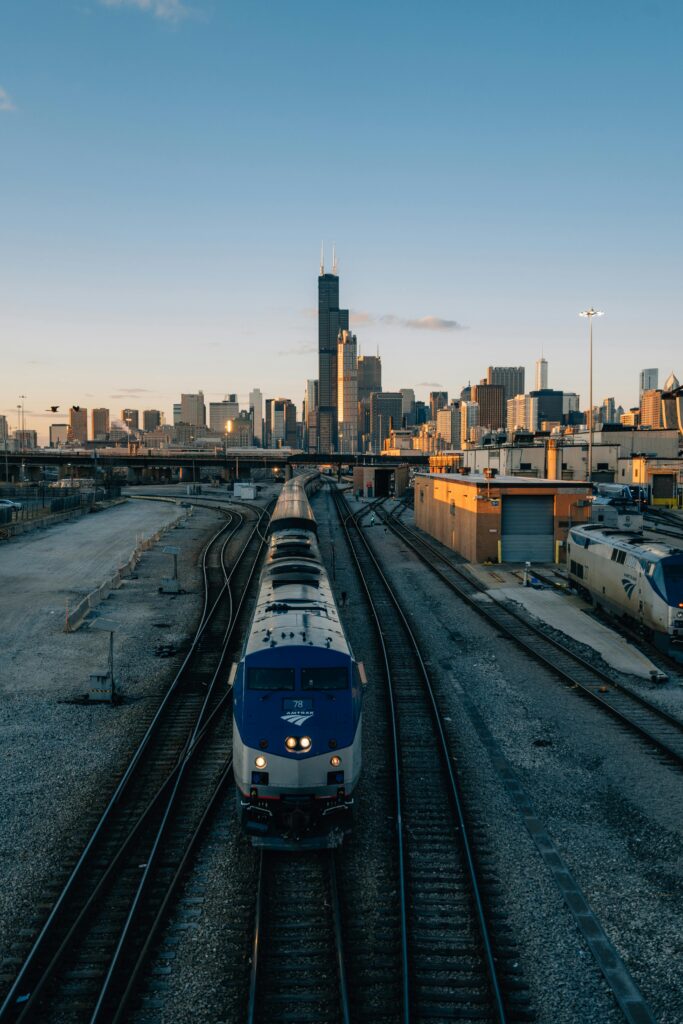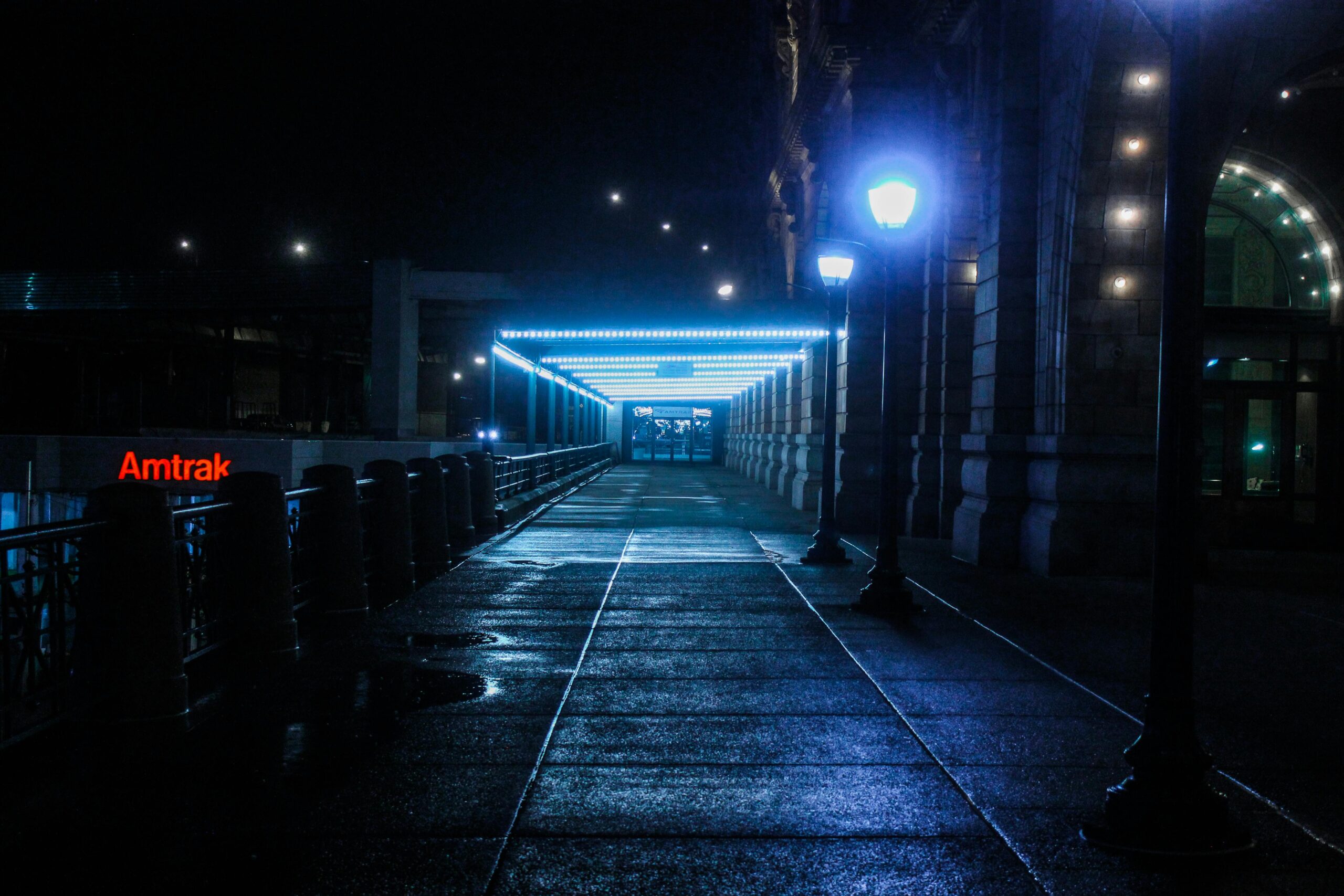A recent fire along the Amtrak rail line between New York City and New Haven caused major delays and stranded thousands of commuters. For those who regularly rely on trains like Amtrak or Metro-North, this incident has raised questions about the safety and reliability of the Northeast Corridor—a heavily used rail network running from Washington, D.C., to Boston. Here’s a breakdown of what happened, what it means for passengers, and the bigger issues it brings to light.

What Happened?
On November 12, 2024, a fire broke out on the Amtrak tracks near Pelham, New York. The fire caused significant delays as both Amtrak and Metro-North services were suspended in the area. Thousands of commuters faced long waits, limited travel options, and delays as emergency responders worked to control the fire and assess the damage. While no injuries were reported, the incident disrupted one of the busiest train routes in the U.S. for hours.
Early investigations suggest that the fire may have been caused by an electrical issue—likely due to aging equipment. This incident highlights some of the long-standing issues with the infrastructure of the Northeast Corridor, much of which has been in use for more than a century.
Why the Northeast Corridor Matters
The Northeast Corridor (NEC) is crucial to travel and commuting in the northeastern U.S. It connects major cities and serves millions of passengers every year. For students, professionals, and tourists, the NEC is often the fastest way to get around in a busy, densely populated region. But with such heavy use and limited funding, Amtrak has struggled to keep up with the maintenance and modernization needed to prevent delays and interruptions.
When something goes wrong on the NEC, it creates a big ripple effect. For example, a single delay can throw off entire schedules, leading to missed connections and adding extra hours to commutes. Major incidents like this fire are rare, but they bring attention to larger concerns around rail safety, infrastructure quality, and emergency preparedness.

How Amtrak Responded
When the fire broke out, Amtrak and Metro-North worked with local fire departments to control the blaze. To keep passengers moving, they rerouted some trains and offered bus transportation between certain stops. Amtrak also announced an investigation to understand what caused the fire and to see if additional safety measures are needed.
In the days following the incident, Amtrak committed to stepping up inspections along its tracks and implementing new fire prevention practices where necessary. They’re also looking into potential upgrades to reduce risks along this critical corridor.
The Bigger Picture: Investing in Infrastructure
This incident underscores the need for better funding and infrastructure improvements along the NEC. The electrical systems and tracks on the NEC are old, and as they age, they become more likely to break down. Experts argue that a more comprehensive plan is needed to modernize the entire corridor, covering everything from new electrical systems to upgraded tracks and signal systems.
While Amtrak has taken steps to address these issues, more significant improvements would require a larger investment. Possible solutions could include more federal funding, increased maintenance budgets, and even partnerships with private companies to help fund certain upgrades.

Frequently Asked Questions
1. What caused the fire on the Amtrak tracks?
Although an official report is still pending, the fire likely started due to an electrical malfunction. The infrastructure in some parts of the NEC is quite old, so electrical issues like this can happen more frequently, especially in heavily used areas.
2. How did Amtrak handle the fire?
Amtrak worked with emergency responders to contain the fire and assess the damage. To help commuters, they rerouted some trains and offered alternative transport options, like buses, between stops. Amtrak is also investigating the incident and looking at ways to improve safety in the future.
3. What’s being done to prevent more incidents like this?
Amtrak has committed to increasing inspections along the NEC and putting more fire prevention measures in place. However, experts believe a more substantial investment is needed to modernize the entire corridor, covering everything from electrical systems to upgraded tracks. Increased federal funding and public-private partnerships are two potential ways to fund these improvements.
Final Thoughts
The Amtrak fire serves as a reminder of the challenges facing the Northeast Corridor. As one of the country’s oldest and busiest rail networks, the NEC needs substantial investment to ensure it remains safe and reliable for the millions of people who use it each year. Whether you’re a daily commuter or an occasional traveler, incidents like this underscore the importance of continued investment in the infrastructure that so many rely on daily.
Sources The New York Times


